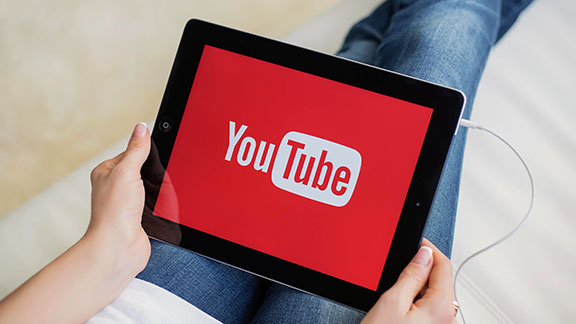There’s An App for That
Way back when, I was part of a call-in show on Time Warner called Point ‘n’ Click. The show was fun, informative, and useful. We presented segments about what was new in the world of computers and technology, and fielded calls from frustrated users on a variety of topics. My role was to interpret the really uninformed questions for my highly expert co-hosts – who were so well-versed in all things tech they sometimes had trouble understanding the more simplistic queries.
These were also the days of User Groups – gatherings of perhaps a hundred people, one each for PC and Mac, which had regular presentations from experts and answered people’s questions and solved problems.
Today, the show is gone, and for the most part, so are the User Groups.
Why? Because you can Google it.
At some point —and quite a while ago now— “google” became a verb. Does anybody know what a “search engine” is any more? This was simply the means by which we located “home pages,” which have now simply become the place you enter a website – which once was a long, scrolling bunch of information and has now become a platform of information, tools, resources, interactivity, and even replacement for itself.
How’s that again?
Think about it: you can use a website and its tools to create your own website. To a degree, in a convoluted way, developers are coding themselves out of a highly-paid job.
This can also be said of many of the functions that once commanded reasonably high per-hour fees because the skills required to perform them —and the sheer time it took to develop the needed expertise— were not common.
With most technology, there are “generations.” Think of your family’s first television: perhaps it was a little boxy like thing, or a large piece of furniture containing the boxy thing that had a black-white-shades of gray glowing screen with scan lines running up and down it, rendering an image sent through the air – as opposed to via a cable. The information was picked up by a receiver in the box, and the whole thing depended upon tubes, along the lines of a light bulb.
Now, of course, it’s all digital information sent at unimaginable speeds through, often, a fiber optic cable – and in fact, sending information back, as in the case of your paid subscriptions to services so that you can “stream” content on demand to your flat screen smart TV. That’s what I mean by “generations.” We are now watching the great-great-grandchildren of the televisions grandma and grandpa watched back when TV Dinners were heated up so that nobody would miss The Ed Sullivan Show.
Sci-fi writers have long envisioned a world in which Artificial Intelligence (AI) would become so close to human intelligence it would beg the question: what is a human being? Is there a thing called a “soul” or are we merely biological bits and bytes, ones and zeros?
As Tesla predicted back in the 1920s, we now hold the equivalent of a huge roomful of humming old-school computers in our hands when we carry our cell phones – and yet again today I wondered what these things were doing to our minds as I planned a trip, plugging my itinerary into Waze, an app that will interact with your calendar appointments, remind you when it’s time to leave, and plan your best route – including real-time updates on traffic and weather conditions so that you can leave a little bit early, or take a slightly different route because of an accident. You can share your trip with someone you’re going to meet, or with your mom so that she knows where you are and that you arrived safely.
As apps and options become more clever and sophisticated, the people who once made the buggy whips are becoming obsolete.
Think about it: you can take a photograph at a very high pixel depth (which once would have required a fine camera, a good lens, bracketing exposures, developing and cropping and burning and dodging to get) with your phone, crop it on your phone, change the exposure, highlight areas, add another layer, get rid of a double chin, remove a pesky shadow – in other words, little-to-no-skill required. Yes, you may still need a good idea, but your ability to take thousands of shots up the odds that one of them will come out clever or well composed.
The same is true for most technology skills. We have moved so many “generations” along, thanks to the fast rate of reproduction that computers themselves allow, that photographers, graphic artists, news-reporters, a whole host of brain-power and skill-based occupations have been replaced by apps or web platforms. As of yet, they still require you to interact with them because it is you who has a particular need, but the technological power to fulfill that need don’t demand that you go to an “expert” any more.
I watch a series of channels on YouTube these days, sometimes getting off into odd pathways of exploration and sheer amazement that so many people seem to do nothing but stand in front of their phone and chatter – and the millions who seem to do nothing but watch them.
Which brings us all the way back to Point ‘n’ Click. Every time a buggy whip manufacturer goes out of business, someone finds a new use for leather. Computing has made many jobs so easy as to be obsolete – and developed a space and an ability to create new ones. What they might be, even five years from now, is anybody’s guess. If Tesla were alive today, I wonder what he might propose?












